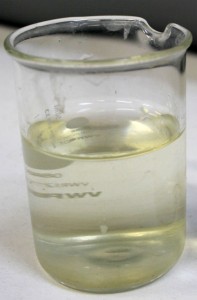Rheological Property of Methyl cellulose Solution
The rheological property of Methyl cellulose plays a very important role in many practical applications. In coatings, cosmetics, food industry and building material products, it is bound to affect their flow behavior.
The viscosity of Newtonian fluid is not dependent on the shear rate (or the gradient of fluid velocity). In practical applications, many systems exhibit non-Newtonian flow behavior. With an increase of shear rate, the apparent viscosity may decrease (pseudoplastic fluid) or increase (intumescent fluid).
The rheological property of Methyl cellulose is affected by its molecular weight, concentration, temperature and the presence of other solutes. In general, its aqueous solution shows rheological behavior of the pseudoplastic fluid, and its pseudoplasticity will increase with the increase of its molecular weight and concentration. However, at low shear rate, the aqueous solution of all types of methyl celluloses demonstrates Newtonian fluid, and in this shear rate, with the decrease of molecular weight and concentration, it is easier to become a Newtonian fluid.
It is explained that at temperatures below the initial gelling temperature, the rheological property of Methyl cellulose aqueous solution will not affected by its type and degree of substitution. Therefore, methyl cellulose with the same viscosity grade will always demonstrate the same viscosity – shear rate curve, as long as the concentration and the temperature is kept constant.
When the Methyl cellulose solution is heated to form the body gel structure, and then it will show high thixotropic flow; at high concentration, methyl cellulose with low viscosity will also show significant thixotropy even at temperatures below the gelling temperature.
